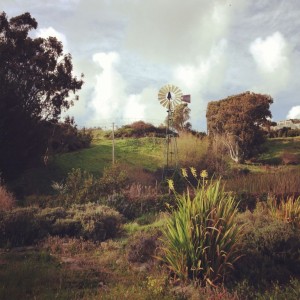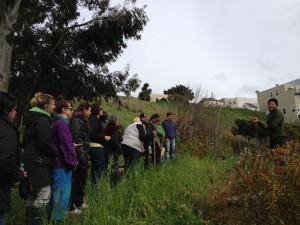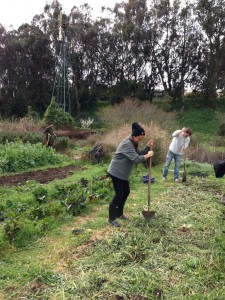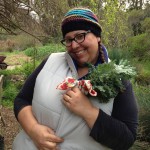The following blog post is written by Reality Tours intern Lissa Goldstein, who visited the Alamar Organoponico.
Wondering what sort of people and places you might encounter on a visit to Cuba? The UBPC (Unidad Básica de Producción Cooperativa or Basic Cooperative Production Unit) Vivero Alamar is one of the places where you will see Cuban charisma and creativity at work. Located in the eastern part of Havana, it is the largest farm cooperative in the city. The farm was started by Miguel Salcines in 1997 on a small plot of land that would allow him and his family to fend for themselves in a period of instability and uncertainty. Today, it has grown to 11 hectares (about 22 acres) and has over 160 members. The median age of the members is in the 50s which, as Salcines likes to say, makes for a very wise staff.
Lettuce, eggplant, tomatoes, and carrots and other vegetables provide much of the farm’s income. They sell ornamental plants and fruit trees, worm compost produced on the farm, and value-added farm products such as spices and pickles. The cooperative uses innovative organic farming methods and is a model for what sustainable medium-scale production can look like. The farm’s social structure is innovative too, particularly when compared to most farms in North America. As a cooperative, 30% of the farm’s income goes back into the farm expenditures and the rest is divided among the members according to seniority, in addition to a monthly wage. Some of the job perks include two meals a day, a monthly haircut or manicure, and flexible scheduling.
Salcines, his wife, and their daughter, Isis, are at the center of the operation. Upon meeting them, it’s easy to see why this cooperative has been so successful. They are smart, funny, charismatic, and have a great deal of valuable information to offer visitors to the farm. After walking all around the farm and hearing the stories and insights of the members of the cooperative, visitors can sit down to what is easily one of the best meals in Cuba. Fresh organic ingredients, a plethora of vegetables and salads (which can often be a luxury in Cuba) and fantastic traditional recipes are served in an outdoor, covered dining area right next to the gardens.
So even if you’re not a farmer or food activist, this is the type of place where a visit is bound to be enlightening, inspiring and delicious!
Global Exchange is proud to announce a partnership with NEEM (Natural Ecological Environmental Management). Learn more about NEEM sustainability tours to Cuba.






